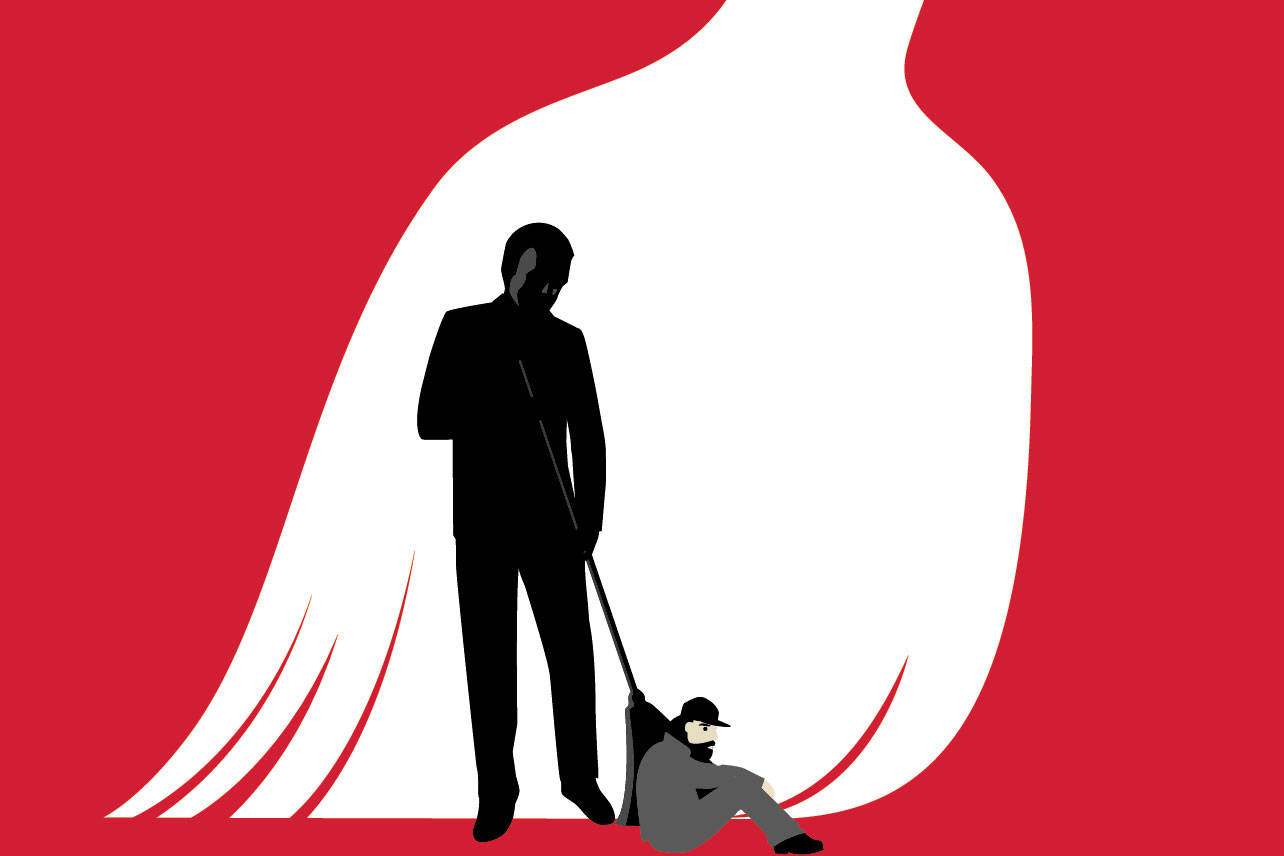Recent weeks have seen disheartening news for drivers, as well as those who would like to see drivers go away.
The bad news for drivers: A study by University of Washington students has found that at any given time, more than one-third of all drivers in Seattle are looking for parking, or are ride-share drivers waiting for someone to summon them on their smartphone. The students, according to a report by KING 5, arrived at their conclusions by looking at data from 64 traffic sensors scattered about downtown and using an algorithm designed to recognize when people were “cruising” for parking. The numbers are hardly outliers. In July, another study, by INRIX Parking Ranking, found that Seattle ranks fifth among major cities for time spent by drivers looking for parking—an average of 58 hours per year.
The bad news for others: The fact that people are spending more and more time circling the block doesn’t seem to be ending our city’s love affair with the car. Gene Balk at the Times a few weeks ago noted that during the recent population boom, our city has added cars just as quickly as people. Considering that the city grew by 12 percent between 2010 and 2015, that’s a lot of cars.
In some sense, these two developments seem to go hand-in-hand. In what’s no doubt a statistical coincidence—but a telling one—just as Seattleites spend the fifth most time looking for parking, the city ranks as the fifth most car-dense in the country. Pack a bunch of cars into a tight space, and it’s going to take some doing to figure out where they all go.
There’s also something disheartening about this from an urbanist, environmentalist standpoint. While the so-called “War on Cars” in this area has been greatly exaggerated by those who would like to see 16-lane highways on every corridor and multilevel parking garages on every block, it is true that our infrastructure priorities incentivize non-single-occupancy-vehicle transportation. We’ve invested in bike lanes (though not nearly enough, as Sara Bernard’s cover story this week makes clear). We’ve invested in transit. And we’ve been smart with our building codes to convince (or sometimes force) developers and large employers to spend more money developing office space for humans than parking spaces for their cars.
And despite it all, people keep bringing cars into Seattle. This could be seen as proof that our attempt to inflict psychological pain on drivers isn’t working, making it nothing but civic sadism. This is in fact the argument made by those fighting the development of a microunit complex in Phinney Ridge. The building, called Phinney Flats, would not provide parking for residents, under city rules that allow such development provided that a building is placed near frequent transit service. As Daniel Person reported in our Aug. 16 issue [“Bus Stop”], the neighbors were able to put the development on hold thanks to data showing that buses don’t arrive as frequently as scheduled (i.e., buses are late sometimes. Quelle surprise). But this legal argument—which could threaten dense development across the city—shouldn’t distract from the underlying issue: The neighbors simply do not believe that a lack of parking will stop people from owning cars. The studies described above might suggest they are correct.
But before we throw out all our urbanist designs and break ground on that 16-lane freeway, let’s take a moment to remember how new to this whole dense-city thing Seattle is. One expert tells Balk: “Seattle is a relatively new city, so it tends to be built around the car. It was after World War II that most of the major growth took place here. A lot of the city is suburban.” Balk also reports that carless households are rising in Seattle—faster, in fact, than those with car keys in the foyer.
In other words, for the huge step back all those new cars represent, there are plenty of steps forward we should not abandon now. Bernard’s story explores the exciting possibilities that could be ahead for Seattle’s bike culture with the rapid deployment of dockless bike shares across the city. Projects like Phinney Flats and other dense developments could have a clear path forward were the City Council to tweak the rules to allow for the occasional late bus. One way or another, Seattle is only going to become more urban. We can either spend our time enjoying it, or spend it looking for parking.
editorial@seattleweekly.com





